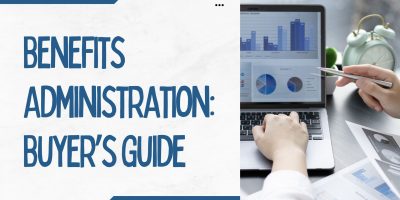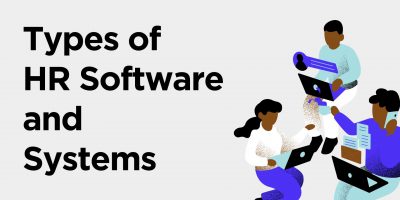Risk is different for all industries, organizations, and even departments within a company. Hence, risk management in the workplace can take many forms. Ultimately, it all comes down to unique company goals and challenges, creating the need for dozens of different human resource management strategies.
In that regard, human resource is just one of many aspects of mitigating risk. Other common examples of risk management in the workplace include:
- Industry-specific Strategies
Depending on the industry, be it manufacturing, retail, or finance, the company should conduct an analysis before launching a new product or service. That helps determine if the benefits outweigh the potential risks and create a strategy around them.
After launching the product or service, companies should also calculate the market risk or its likely value change in the future.
This type of threat is unanimous to every organization. Unlike HR, which emphasizes employee-caused threats and solutions, compliance risk management monitors all existing organizational processes, which includes people, procedures, and technologies.
Safety risk management is crucial for locating potential hazards and controlling their effect on the organization. There are three types of risk: acceptable, tolerable, or intolerable. Using the appropriate strategy for each ensures the well-being of a business.
These strategies include analyzing and maintaining potential safety hazards, like regularly checking technology or human errors.
With the rise of technologies and the digitalization of most business procedures, data theft has become a genuine problem. Stealing valuable assets like documents and emails can put the business at risk, making cybersecurity a crucial part of handling risk.
When employers don’t have the means to deal with a potential risk independently, they delegate this responsibility to third parties. These could include anything from outsourcing HR compliance companies to setting up cybersecurity systems. Most of the risk then falls on these third-party providers.









